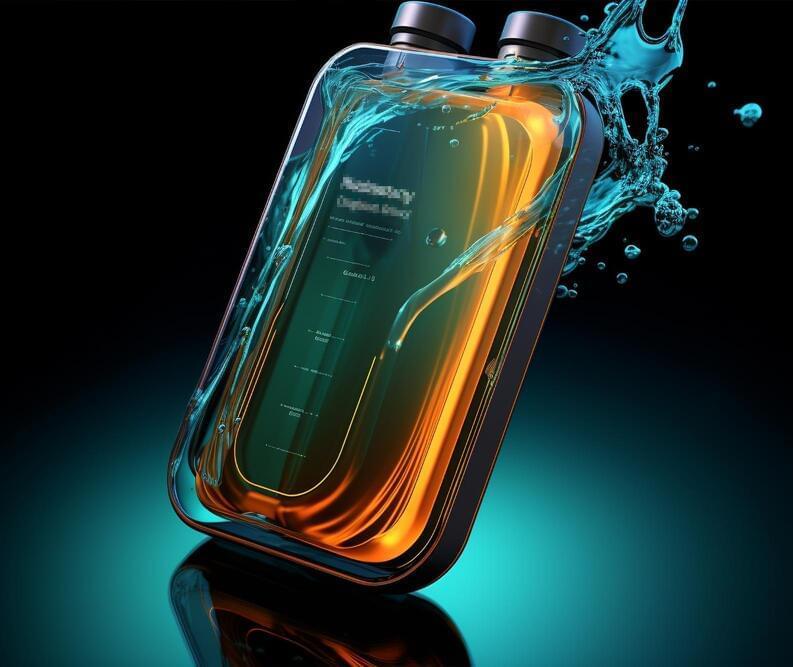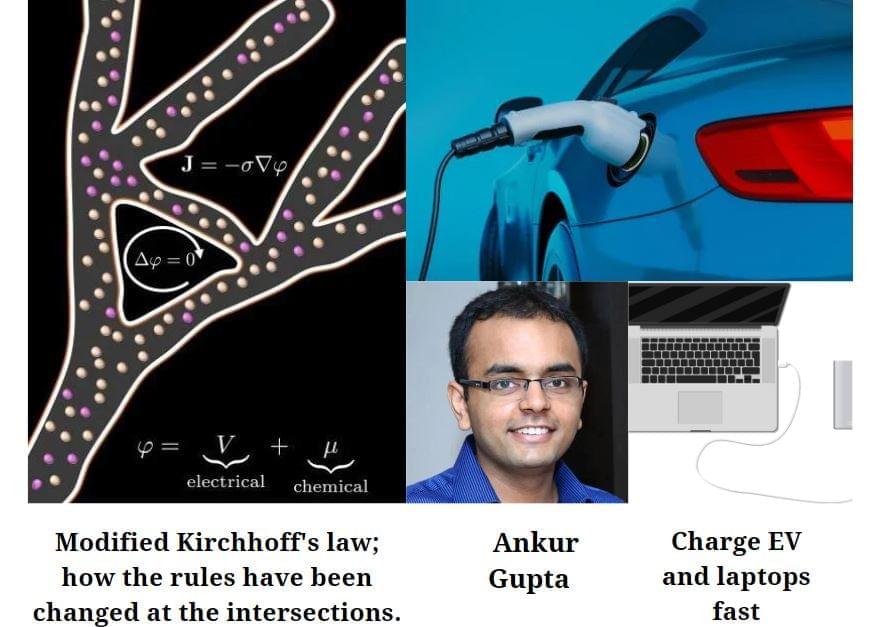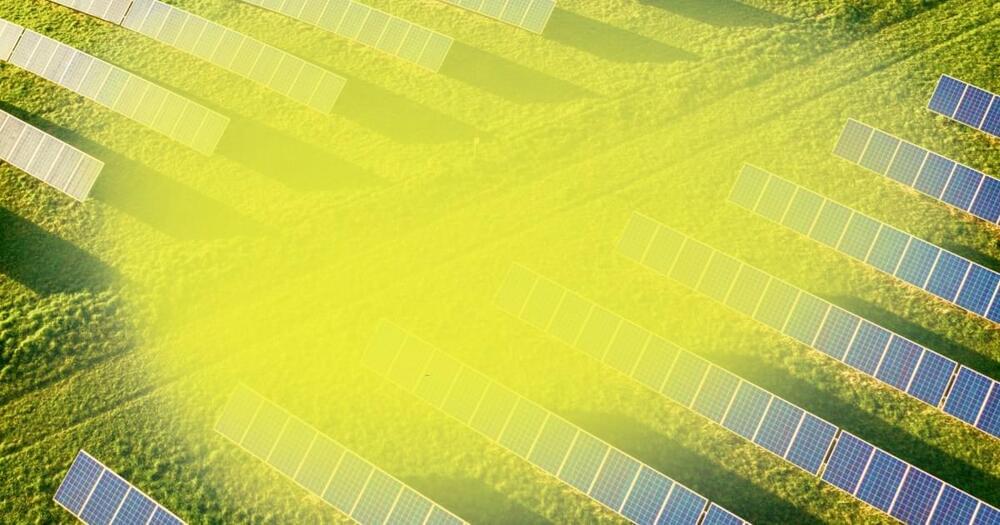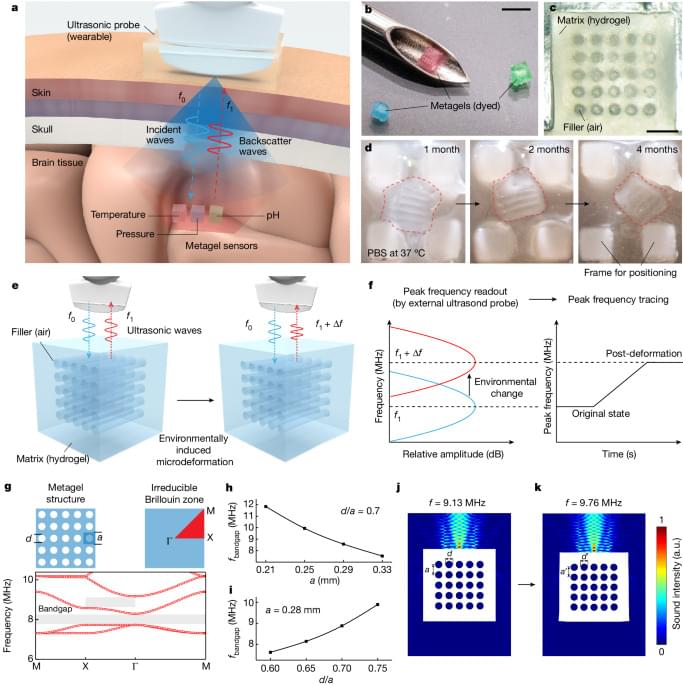AI created it in just 3 months—and the implications are staggering.


BYD is developing a new battery that can charge an electric car from 10 to 80% in 10 minutes, potentially revolutionizing the electric car industry Questions to inspire discussion What is BYD developing for electric cars? —BYD is developing a new battery that can charge an electric car from 10 to 80% in just 10 minutes, potentially revolutionizing the electric car industry.

Enel Green Power Australia has announced that it has secured project financing for a $190 million solar and battery hybrid project it plans to build in western NSW.
The Quorn Park hybrid project will combine a 98 MW (dc) solar farm with a 20 MW, 40 MWh battery that will be built around 10kms north west of Parkes. Construction will commence within the next few months and it will be operational in 2026.
The new hybrid is one of the first to be announced since new rules were introduced that allow wind or solar farms to be truly “paired” with a battery storage facility, rather than operating and dispatching as separate units. This may impose some restrictions on operations, but can save on connection and other costs.

Stanford scientists are enhancing liquid fuel storage methods by developing new catalytic systems for isopropanol production to optimize energy retention and release.
As California transitions rapidly to renewable fuels, it needs new technologies that can store power for the electric grid. Solar power drops at night and declines in winter. Wind power ebbs and flows. As a result, the state depends heavily on natural gas to smooth out the highs and lows of renewable power.
“The electric grid uses energy at the same rate that you generate it, and if you’re not using it at that time, and you can’t store it, you must throw it away,” said Robert Waymouth, the Robert Eckles Swain Professor in Chemistry in the School of Humanities and Sciences.

A new electric SUV is primed to take on BYD and Tesla in China. GM’s joint venture, SAIC-GM-Wuling, unveiled the first teaser images of its new Starlight S electric SUV Monday. Check out the first images below.
The new electric SUV is the second model under the Wuling Silver Label. SAIC-GM-Wuling is a joint venture between China’s SAIC (50.1% owner) and GM (44%), while the remaining belongs to Liuzhou, Guangxi Province, based Wuling.
Wuling launched the Starlight electric sedan at the Beijing Auto Show in April. Although a PHEV version debuted last December, starting at $12,400 (105,800 yuan), the EV version starts at $13,800 (99,800 yuan).

Imagine if your dead laptop or phone could charge in a minute or if an electric car could be fully powered in 10 minutes. While not possible yet, new research by a team of CU Boulder scientists could potentially lead to such advances.
Published today in the Proceedings of the National Academy of Sciences, researchers in Ankur Gupta’s lab discovered how ions, move within a complex network of minuscule pores. The breakthrough could lead to the development of more efficient energy storage devices, such as supercapacitors, said Gupta, an assistant professor of chemical and biological engineering.
“Given the critical role of energy in the future of the planet, I felt inspired to apply my chemical engineering knowledge to advancing energy storage devices,” Gupta said. “It felt like the topic was somewhat underexplored and, as such, the perfect opportunity.”

Collectively, the US’s 5 million solar installations can generate more than 179 gigawatts (GW) of electricity. Based on current trends, the SEIA claims that the US’s total solar capacity will soar to 673 GW by 2034, providing enough electricity to power 100 million homes.
The US will likely need to do better than that to meet the Biden Administration’s goal of 100% clean electricity by 2035, though. To decarbonize the grid by then, the Department of Energy (DoE) expects we’ll need as much as 1 terawatt (1,000 GWs) of solar capacity, enough for solar to meet 30–50% of the US’s electricity demand by itself.



Researchers at Massachusetts Institute of Technology (MIT) discovered that adding a highly conductive substance called carbon black to a water and cement mixture created a construction material that could also serve as a supercapacitor.
Supercapacitors can charge and discharge extremely efficiently but are typically not capable of storing energy for long amounts of time. So while they lack the functionality of traditional lithium-ion batteries – which are found in everything from smartphones to electric cars – they are a useful method of storing excess electricity generated from renewable energy sources like solar and wind.
Since first unveiling the technology last year, the team has now built a working proof-of-concept concrete battery, the BBC reported. The MIT researchers are now hoping to build a 45-cubic-metre (1,590-cubic-feet) version capable of meeting the energy needs of a residential home.